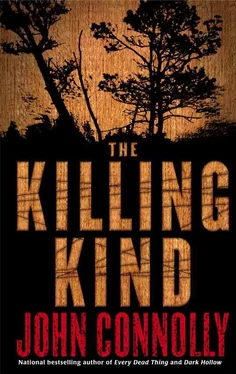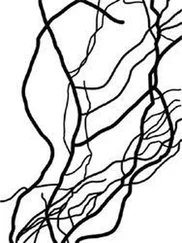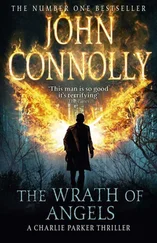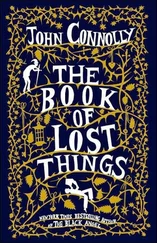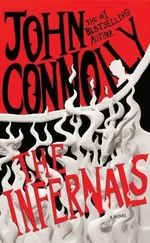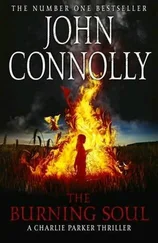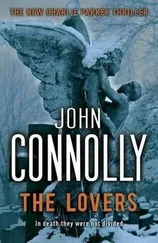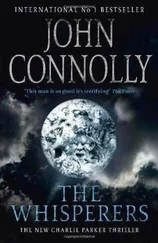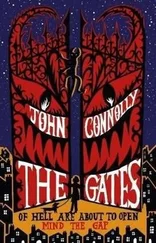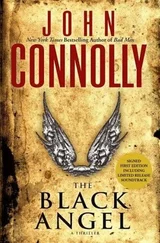Details of day-to-day life for the Aroostook Baptists were obtained by talking to local people who had some limited contact with the community, and from occasional letters sent by Elizabeth Jessop, Frank Jessop's wife, to her sister, Lena, in Portland. These letters were, in effect, smuggled out of the settlement. Elizabeth reached an agreement with the landowner whereby, for a small fee, he would check the hollow of an oak tree at the verge of the settlement every Tuesday and ensure that whatever mail found there was posted. He also agreed to collect and deliver any responses received.
Elizabeth paints a picture of a harsh but joyful first three months, filled with a sense that the Aroostook Baptists were like the pioneers of another age, creating a new world where there had once been wilderness. The houses, although basic and somewhat drafty, were built quickly, and the families had brought some simple furnishings with them in trailers. They raised pigs and chickens and had five cows, one of which was with calf. They grew potatoes-this area of Aroostook was prime potato-growing country-broccoli, and peas and harvested apples from the trees on the property. They used rotting fish to fertilize the land and stored the produce they had brought with them in underground caverns dug beneath the banks, where the springwater kept the air at the same low temperature all year around, acting as a natural refrigerator.
The first signs of tension arose in July, when it became apparent that the Faulkners and their children were keeping themselves apart from the other families. Faulkner took a larger share of the produce as the leader of the community and he refused to release any of the funds that the families had brought with them, a sum amounting to at least $25,000. Even when Laurie Perrson, the daughter of Billy and Olive Perrson, took seriously ill with influenza, Faulkner insisted that she be treated within the community. It was left to Katherine Cornish, who had some rudimentary medical skills, to treat the girl. According to Elizabeth's letters, Laurie barely survived.
Animosity grew toward the Faulkners. Their children, whom Faulkner insisted should be called only Adam and Eve, bullied the younger members of the community; Elizabeth refers darkly to random acts of cruelty perpetrated on both animals and humans by the Faulkner children. Clearly, her reports caused her sister concern, for in a letter dated August 7, 1963, Elizabeth attempts to reassure Lena, arguing that their difficulties “are as nothing compared to the sufferings endured by the Mayflower pilgrims, or those hardy souls who journeyed west in the face of hostility from the Indians. We trust in God, who is our savior, and in the Reverend Faulkner, who is our guiding light.”
But the letter also contains the first reference to Lyall Kellog, with whom it appears that Elizabeth was becoming infatuated. It seems that the relationship between Frank Jessop and his wife was predominantly nonsexual, although whether as a result of marital strife or some physical incapacity is not known. In fact, the affair between Lyall and Elizabeth may already have begun by the time of the August letter, and had certainly progressed enough by November for Elizabeth to describe him to her sister as “this wonderful man.”
It is my view that this affair, and its repercussions once it became known within the community, contributed greatly to the disintegration of the settlement. What is also clear, from the subsequent letters of Elizabeth Jessop, is that Louise Faulkner played a major role in this disintegration, a role that appears to have surprised Elizabeth and may, in the end, have brought Louise into bitter conflict with her own husband.
THE PASSENGER ELEVATOR at the 190th Street subway station was decorated with pictures of kittens and puppies. Two potted plants with Stars and Stripes sprouting from the soil hung from the ceiling and a small stereo unit played relaxing music. The elevator operator, Anthony Washington, who was responsible for the unusual ambience of the 190th Street elevator, sat at a small desk in a comfortable chair and greeted many of the passengers by name. The MTA once tried to make Anthony strip his elevator of its decorations, but a campaign by the press and the public forced the Transit Authority to back down. The paint flaked from the ceiling of the 190th Street station, it smelled of urine, and there was a steady stream of dirty water running between the tracks. All things considered, those who used the subway were pretty grateful for Anthony's efforts and felt that the MTA should be pretty damn grateful too.
It was just after 9:15 A.M. when Anthony Washington's elevator reached ground level and I emerged at the entrance to Fort Tryon Park. The weather had broken. The thunder had commenced shortly after dawn, the rains following within the hour. It had now been falling continuously for almost four hours, warm, hard rain that had caused umbrellas to sprout up like mushrooms across the city.
There was no bus waiting at the curb to take visitors to the Cloisters, although it hardly mattered, since I seemed to be the only person heading in that direction. I wrapped my coat around me and began to walk up Margaret Corbin Drive. Outside the small café on the left of the road, a group of sanitation men huddled together, sheltering from the rain while drinking cups of coffee. Above them loomed the remains of Fort Tryon, which defended itself against Hessian troops during the War of Independence with the aid of Margaret Corbin herself, the first American woman to take a soldier's part in the battle for liberty. I wondered if Margaret Corbin was tough enough to stand against the troops of junkies and muggers who now roamed the scene of her triumph, and figured that she probably was.
Seconds later, the bulk of the Cloisters was before me, the New Jersey shoreline to my left, traffic streaming across the George Washington Bridge. John D. Rockefeller Jr. had given this land to the city and reserved the hilltop for the construction of a museum of medieval art, which was eventually opened in 1938. Portions of five medieval cloisters were integrated into a single modern building, itself reminiscent of medieval European structures. My father had first taken me there as a child, and it had never ceased to amaze me since. Surrounded by its high central tower and battlements, its arches and pillars, you could briefly feel like a knight-errant, as long as you ignored the fact that you were looking out at the woods of New Jersey, where the only damsels in distress were likely to be robbery victims or unwed mothers.
I walked up the stairs to the admissions area, paid my $10, and stepped through the entrance door into the Romanesque Hall. There were no other visitors in the rooms; the comparatively early hour and the bad weather had kept most of them away, and I guessed that I was one of only a dozen or so people in the whole museum. I passed slowly through the Fuentidueña Chapel, pausing to admire the apse and the huge crucifix hanging from the ceiling, then made my way through the St. Guilhem and Cuxa Cloisters toward the Gothic Chapel and the stairs to the lower level.
I had about ten minutes before I was due to meet Mickey Shine, so I headed for the Treasury, where the museum stored its manuscripts. I entered through the modern glass doors and stood in a room ringed by panels from the choir stalls at Jumièges Abbey. The manuscripts were stored in glass cases and opened at particularly fine examples of the illuminator's art. I stopped for a time at a beautiful book of hours, but most of my attention was reserved for the visiting exhibits.
The book of Revelation had been the subject of manuscript illumination since the ninth century, and although Apocalypse cycles were produced originally for monasteries, they were also being made for wealthy secular patrons by the thirteenth century. Some of the finest examples had been gathered together for this exhibition, and images of judgment and punishment filled the room. I spent some time looking at various medieval sinners being devoured, torn apart, or tormented on spikes-or, in the case of the Winchester Psalter depiction of Hell Mouth, all three at once, while a dutiful angel locked the doors from the outside-before passing on to examples of Dürer's woodcuts, Cranach's work for Martin Luther's German translation of the New Testament, and Blake's visions of red dragons, until I eventually reached the item at the center of the display.
Читать дальше
